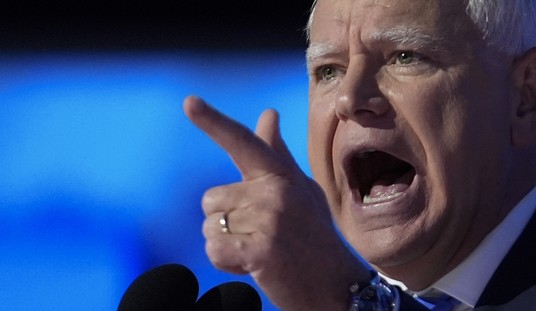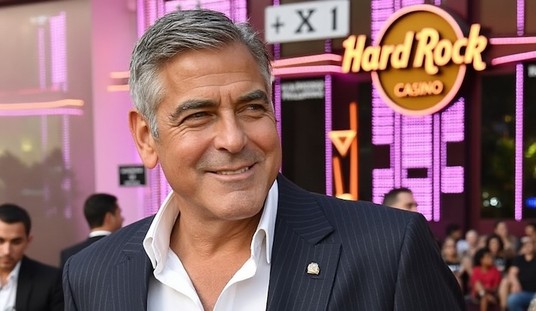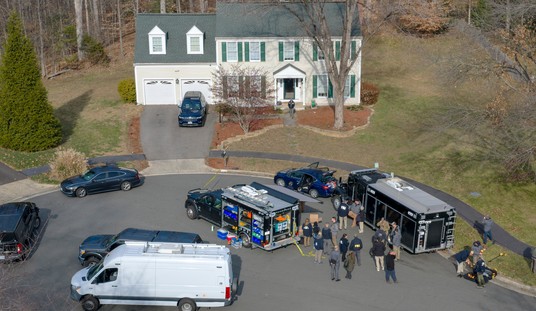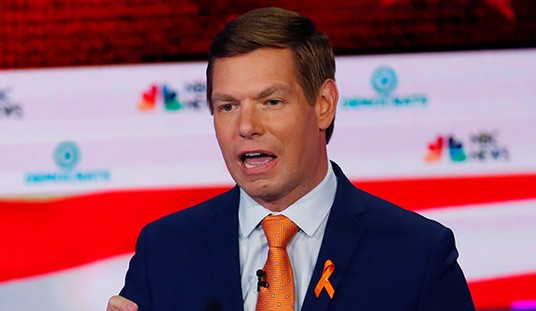Golda Meir was Israel’s fourth prime minister, serving from 1969 to 1974, and the world’s third female head of government. In her seventies at the time, she charmed much of the world with her “Jewish grandmother” image—especially as juxtaposed with her defense minister Moshe Dayan, a tough sabra (native-born Israeli) with an eye-patch.
Unlike Dayan, Meir was not a sabra; she was born Golda Mabovitch in Kiev, Ukraine, in 1898. Her first memory was of her father boarding up the front door because of rumors of a pogrom. In 1905 her father moved to Milwaukee by himself in search of work; a year later, having found a job in a railroad yard, he brought the rest of the family over.
Golda showed leadership qualities early, forming something called the American Young Sisters Society. She was also drawn to socialist Zionism, then an energetic enterprise devoted to creating pioneering settlements in the Land of Israel. She joined a socialist-Zionist youth movement, and in that context she met Morris Meyerson. They got married in 1917, and in 1921 they left to join the fledgling Jewish community in Palestine. (Golda later Hebraicized the name Meyerson to Meir.)
Golda Meir’s story stirs a certain nostalgia. The current Israeli Labor Party—a descendant of socialist Zionism or, as it came to be called, Labor Zionism—is a pallid, even ludicrous remnant. It hardly has the spunk and grit that Golda Meir embodied. True, the decline of socialism left a void for this ideological trend; but it’s not only that.
Golda and Morris began their lives in Palestine on a kibbutz—a socialist farming community. Golda loved the kibbutz life but Morris hated it, and they moved to Jerusalem. They had two children but ended up separating, though they never divorced.
Meanwhile Meir’s political activism continued, and she rose through the ranks of the Labor Zionist establishment. By the 1930s she was head of the political department of the Histadrut—a trade-union behemoth whose power only started to be curtailed in the 1990s. In the 1940s she headed the political department of the Jewish Agency—then the governing body of the Jewish community in Palestine.
On May 10, 1948, four days before the state of Israel was declared, David Ben-Gurion sent Meir on a secret mission to Transjordan (later Jordan). Disguised as an Arab woman, she met in Amman with King Abdullah I. Meir requested that Transjordan not join the other Arab countries in the imminent attack on Israel. Abdullah requested that the Jews not declare statehood. They turned each other down.
Four days later Golda Meir was one of 24 signers of Israel’s Declaration of Independence. She later said:
After I signed, I cried. When I studied American history as a schoolgirl and I read about those who signed the U.S. Declaration of Independence, I couldn’t imagine these were real people doing something real. And there I was….
She was Israel’s ambassador to the Soviet Union until 1949, labor minister until 1956, and foreign minister until 1966, when she stepped down because of exhaustion and ill health (she had been diagnosed with lymphoma). But she soon took the post of secretary-general of the Mapai (Labor) Party.
In February 1969 Prime Minister Levi Eshkol died, and Mapai elected Golda Meir to replace him. She was Israel’s prime minister until 1974, and it was those five years that established her iconic image and fame.
At the 1972 Summer Olympics in Munich, Palestinian terrorists massacred eleven Israeli athletes and a German policeman. Meir, outraged at the world’s indifference and passivity, ordered the Mossad to hunt down and kill the terrorists responsible. She did not view it as vengeance but as a way of deterring future attacks and establishing that Jews could no longer be murdered without consequences.
Meanwhile Meir had to deal with a difficult situation in the Sinai, where Israeli and Egyptian forces had been in an uneasy ceasefire since 1970. In 1973 Egypt (and Syria) made preparations for war that elements in Israeli intelligence misinterpreted. On the morning of October 6, Meir and her defense minister, Dayan, rejected military advice to mount a preemptive attack. The result, in what became known as the Yom Kippur War, was heavy Israeli losses that could have been avoided.
Amid ongoing recriminations and popular protest, Meir resigned as prime minister on May 11, 1974; it was a sad ending to a long political career of dedication to the Zionist movement and Israel. She died of lymphatic cancer four years later.
During her life Golda Meir said and wrote things that today would be considered hawkish and nationalistic.
For instance, to Time magazine in 1973:
Arab sovereignty in Jerusalem just cannot be. This city will not be divided—not half and half, not 60-40, not 75-25, nothing.
In her autobiography, My Life, in 1975:
I am also grateful that I live in a country whose people have learned how to go on living in a sea of hatred without hating those who want to destroy them and without abandoning their own vision of peace…. It is part of our way of life in Israel. Finally, I wish to say that from the time I came to Palestine as a young woman, we have been forced to choose between what is more dangerous and what is less dangerous for us. At times we have all been tempted to give in to various pressures and to accept proposals that might guarantee us a little quiet for a few months, or maybe even for a few years, but that could only lead us eventually into even greater peril.
And most controversially, to the Sunday Times and the Washington Post in 1969:
There were no such thing as Palestinians. When was there an independent Palestinian people with a Palestinian state? It was either southern Syria before the First World War, and then it was a Palestine including Jordan. It was not as though there was a Palestinian people in Palestine considering itself as a Palestinian people and we came and threw them out and took their country away from them. They did not exist.
By that she did not mean that Arabs did not exist in Palestine when Zionist settlement began—of course, they did—but that the notion of Palestinian peoplehood was dubious. It is still a valid point; it is not clear that the Palestinian Arabs in the West Bank, Gaza, Israel, Jordan, and elsewhere constitute a distinct, coherent people with a common culture and affiliation. The current implosion of the supposed Iraqi, Syrian, Lebanese, and Libyan national identities highlights the flimsiness of the ostensible “Palestinian” identity.
All in all, Golda Meir—even though her socialism and Labor Party allegiance put her on the left side of the political map—evinced throughout her life a profound Jewish nationalism and a personal integrity that made her challenge, not parrot, bon-ton assumptions. Since her death, though, the Israeli Labor Party has morphed into a typical left-liberal party and has nothing to say except that the Arabs always want peace and Israel derails it. Meanwhile Labor has declined to a small faction with 15 seats in the current (120-seat) Knesset; but it seems to draw no conclusions from this and persists in its useless ways.
If Labor ever revives as a positive, energetic force, it will do well to look to the example of Golda Meir.













Join the conversation as a VIP Member